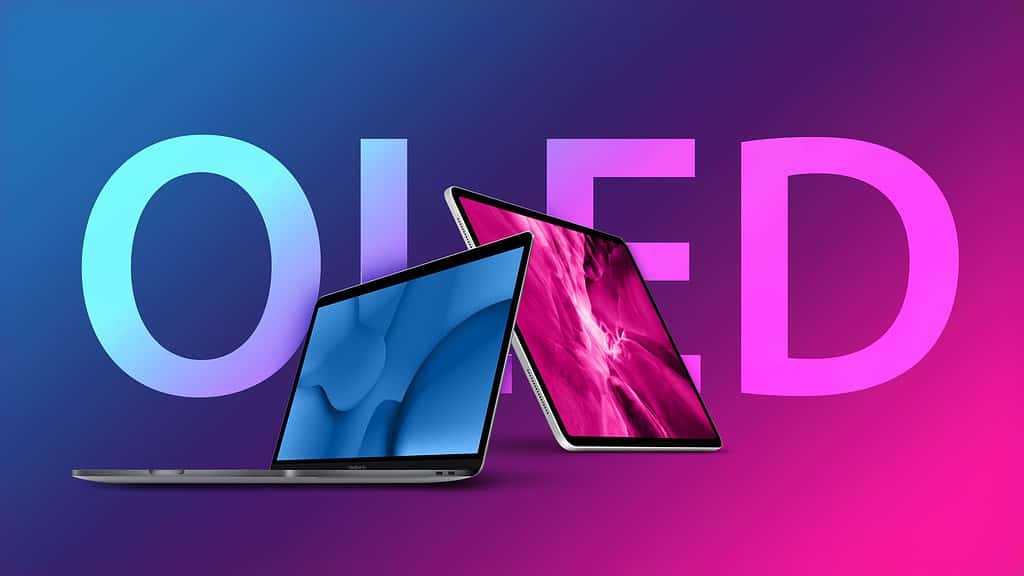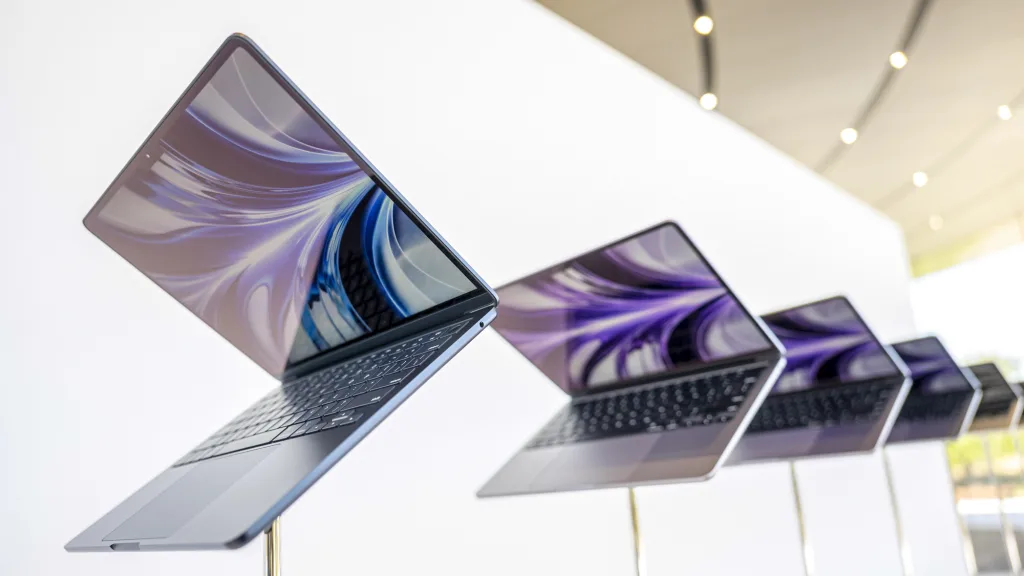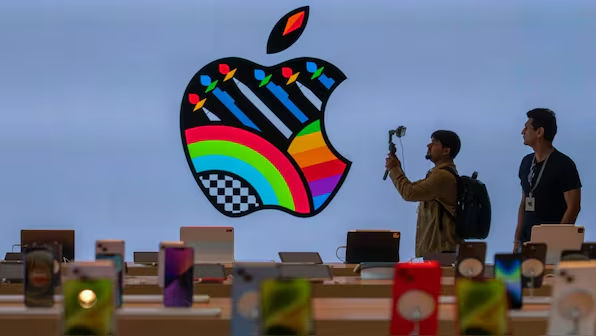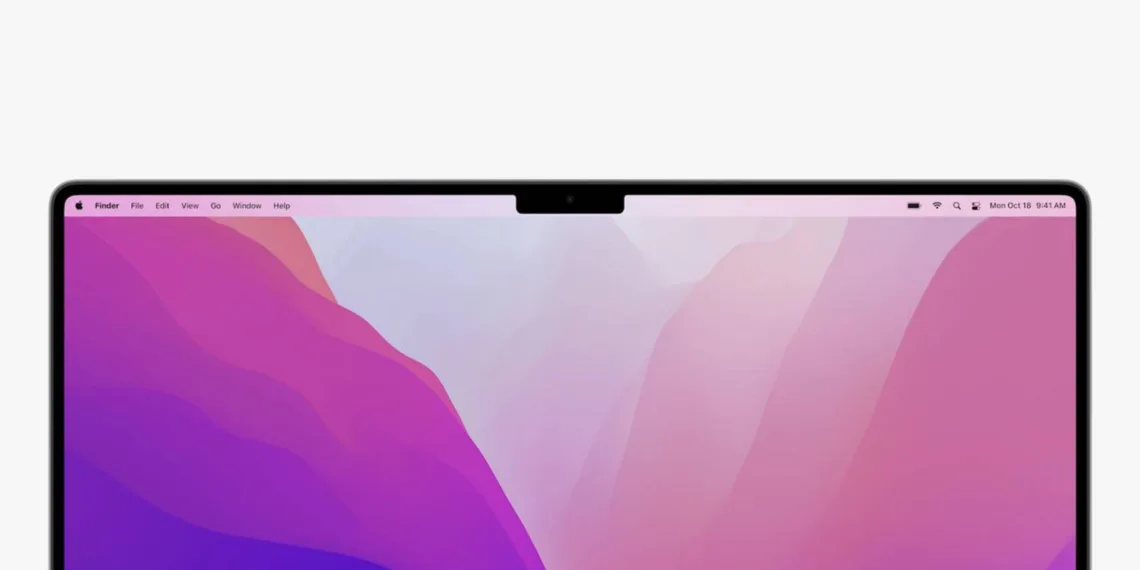Apple is gearing up to take its MacBook Pro lineup to the next level by introducing OLED displays in 2026. The transition from mini-LED to OLED has been long anticipated, and after successfully bringing this technology to the latest iPad Pro models, Apple is finally ready to integrate it into its flagship laptops.
This shift is set to redefine the MacBook Pro’s display quality, promising better contrast, richer colors, and improved power efficiency. However, achieving this large-scale transition requires significant backing from industry leaders—enter Samsung, a key player in Apple’s supply chain. The South Korean giant has already set up a dedicated OLED production facility, investing a massive $3.1 billion to meet the growing demand.
With mass production in sight, what does this mean for the future of MacBook Pro users, Apple’s pricing strategy, and the laptop industry as a whole? Let’s dive deeper into what’s coming.
Table of Contents

Samsung’s $3.1 Billion Bet on OLED: What It Means for Apple
To support Apple’s transition to OLED MacBooks, Samsung has made a significant investment in its production capabilities. Reports suggest that the company’s newly built OLED manufacturing facility is capable of producing 10 million panels annually. This strategic move ensures that Samsung can meet Apple’s requirements while also supplying OLED screens to other manufacturers, including gaming laptop and monitor brands.
Apple, on the other hand, is expected to require between 3 to 5 million OLED panels per year for its MacBook Pro lineup. This means Samsung must secure additional customers to make up for the remaining production capacity. Fortunately, OLED adoption in high-end laptops and gaming displays is on the rise, making it likely that Samsung’s investment will pay off in the long run.
The partnership between Apple and Samsung is nothing new. While the two companies are fierce competitors in the smartphone market, they have maintained a complex yet mutually beneficial business relationship. Samsung has been a key supplier of displays for iPhones, iPads, and now MacBooks. With this latest OLED venture, their collaboration is set to deepen further.

Why OLED Is a Game-Changer for MacBook Pro Users
OLED (Organic Light-Emitting Diode) technology brings several advantages over traditional LCD and mini-LED panels. The benefits extend beyond just aesthetics—OLED screens impact battery life, performance, and even the overall form factor of a device.
1. Superior Display Quality
OLED panels provide significantly better contrast ratios compared to LCD and mini-LED screens. Unlike traditional displays that rely on backlighting, each pixel in an OLED screen emits its own light. This results in true blacks, vibrant colors, and a more immersive viewing experience—something creatives, designers, and video editors will particularly appreciate.
2. Improved Power Efficiency
Battery life is a major concern for MacBook users, and OLED displays offer a potential advantage. Since each pixel can be turned on or off individually, OLED panels consume less power when displaying dark content. This efficiency could translate into longer battery life for MacBook Pros, making them even more appealing to professionals who rely on extended usage.
3. Thinner and Lighter MacBooks
One of the most exciting aspects of the OLED transition is the possibility of a slimmer and lighter MacBook Pro design. Mini-LED panels require a complex backlighting system, adding thickness to the device. OLED, on the other hand, eliminates this need, allowing Apple to further refine its MacBook Pro’s form factor without compromising on display quality.
4. Faster Response Time and Better Refresh Rates
For users who need high-performance displays—such as video editors, gamers, and animators—OLED provides better refresh rates and faster response times. This means smoother visuals, reduced motion blur, and an overall improved user experience.
With these benefits in mind, it’s no surprise that Apple is making the move to OLED. However, the big question remains—will this transition lead to a price hike?

Will OLED MacBook Pros Be More Expensive?
Apple is known for premium pricing, and whenever new technology is introduced, there is always speculation about potential price increases. OLED panels are generally more expensive to produce than LCD and mini-LED displays, raising concerns that the next-gen MacBook Pro models could see a significant price jump.
Industry expert Ross Young, CEO of Display Supply Chain Consultants (DSCC), was initially surprised when Apple managed to keep the price of the M4 iPad Pro relatively stable despite incorporating tandem OLED technology. He had expected a 50% price increase but noted that Apple found a way to absorb the costs.
If Apple takes a similar approach with the MacBook Pro, we may not see a dramatic price surge. The company could offset costs through increased production efficiency, supplier negotiations, or even a slight price bump that remains within a reasonable range.
That being said, Apple has a history of adjusting pricing strategies based on market trends. Given the premium positioning of the MacBook Pro, a slight price increase wouldn’t be unexpected—but it’s unlikely to be a deal-breaker for loyal users.
What This Means for the Future of MacBooks and the Laptop Industry
Apple’s move to OLED represents a significant shift, not just for its own lineup but for the laptop industry as a whole. As one of the biggest trendsetters in technology, Apple’s decisions often influence competitors to follow suit.
1. The Rise of OLED in Premium Laptops
While OLED screens have been popular in smartphones and high-end TVs, their adoption in laptops has been relatively slow due to higher production costs and burn-in concerns. Apple’s investment in OLED MacBook Pros could accelerate industry-wide adoption, pushing other brands to enhance their own premium laptop offerings.
2. Greater Competition Among Display Manufacturers
With Apple working closely with Samsung for OLED panels, other display manufacturers like LG Display and BOE may ramp up their efforts to compete in the space. This could lead to further innovation, reduced costs, and improved OLED technology in future devices.
3. Apple’s Continued Push for Premium Experiences
Apple has always prioritized high-quality displays in its products, and this shift to OLED reaffirms its commitment to delivering top-tier experiences. From ProMotion technology to mini-LED and now OLED, Apple consistently seeks ways to improve visual performance, making its devices more appealing to creatives, professionals, and everyday users alike.
Final Thoughts: A New Era for MacBook Pro Begins in 2026
The arrival of OLED MacBook Pros in 2026 marks a new era for Apple’s laptops. With Samsung’s massive investment in OLED production, Apple is well-positioned to make this transition smoothly, offering users a superior display experience while maintaining the high standards the MacBook Pro is known for.
While pricing remains a question mark, the benefits of OLED—richer colors, better battery life, and a sleeker design—are clear advantages that will likely make the wait worthwhile.
As Apple gears up for this next chapter, one thing is certain: the future of the MacBook Pro is brighter (and thinner) than ever.








